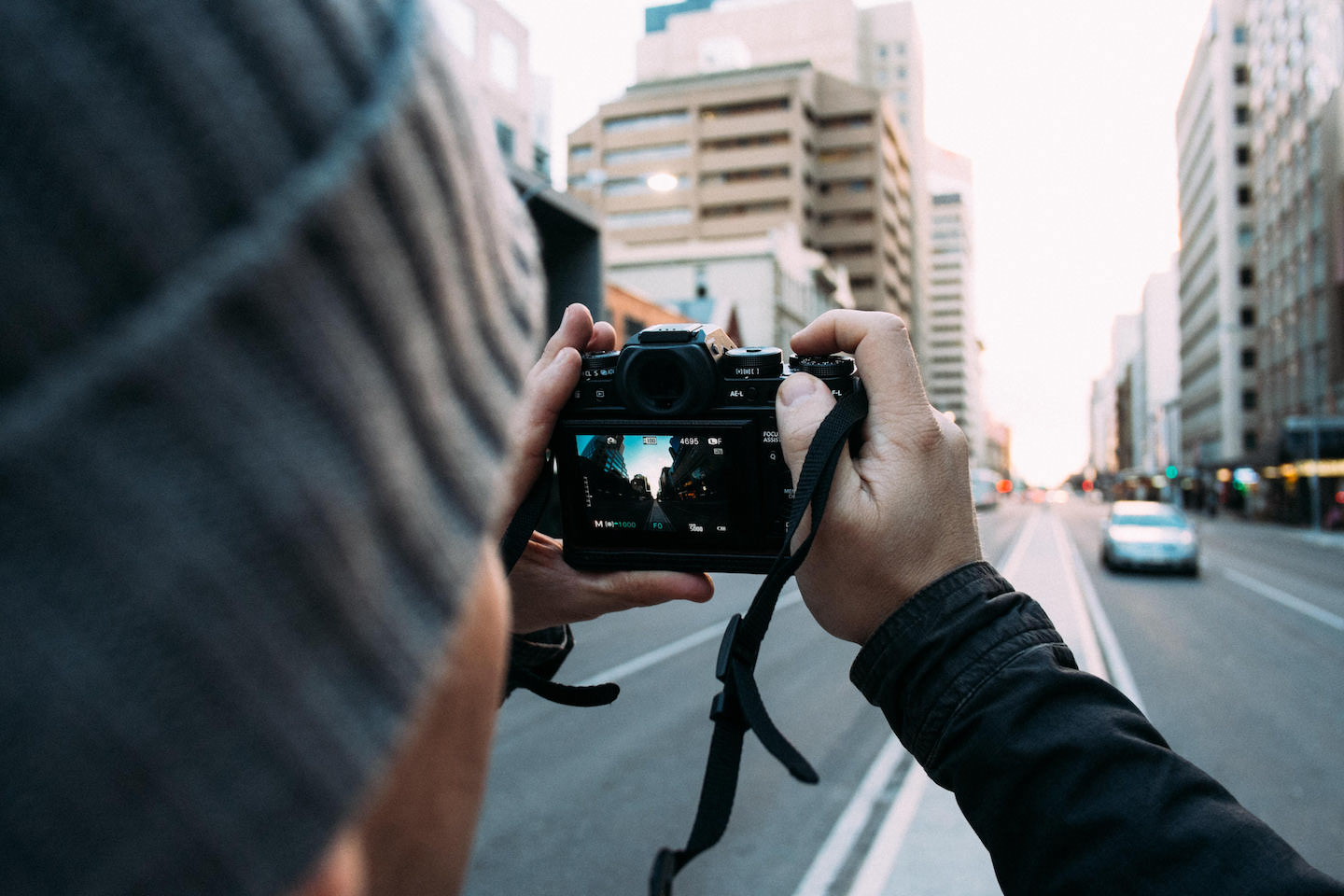Due to the optical properties of photographic lenses, only objects within a limited range of distances from the camera will be reproduced clearly. The process of adjusting this range is known as changing the camera’s focus. There are various ways of focusing a camera accurately.
A camera may work with the light of the visible spectrum or with other portions of the electromagnetic spectrum. A still camera is an optical device which creates a single image of an object or scene, and records it on an electronic sensor or photographic film. All cameras use the same basic design: light enters an enclosed box through a converging lens/convex lens and an image is recorded on a light-sensitive medium(mainly a transition metal-hallide).
#1 Image capture
Traditional cameras capture light onto photographic plate or photographic film. Video and digital cameras use an electronic image sensor, usually a charge coupled device (CCD) or a CMOS sensor to capture images which can be transferred or stored in a memory card or other storage inside the camera for later playback or processing.
#2 Lens
Camera lenses are made in a wide range of focal lengths. They range from extreme wide angle, and standard, medium telephoto. Each lens is best suited to a certain type of photography. The extreme wide angle may be preferred for architecture because it has the capacity to capture a wide view of a building. The normal lens, because it often has a wide aperture, is often used for street and documentary photography. The telephoto lens is useful for sports and wildlife but it is more susceptible to camera shake.
#3 Focus
When photographing rapidly moving objects, the use of a focal-plane shutter can produce some unexpected effects, since the film closest to the start position of the curtains is exposed earlier than the film closest to the end position. Typically this can result in a moving object leaving a slanting image. The direction of the slant depends on the direction the shutter curtains run in (noting also that as in all cameras the image is inverted and reversed by the lens, i.e. “top-left” is at the bottom right of the sensor as seen by a photographer behind the camera).
The collodion wet plate process that gradually replaced the daguerreotype during the 1850s required photographers to coat and sensitize thin glass or iron plates shortly before use and expose them in the camera while still wet. Early wet plate cameras were very simple and little different from Daguerreotype cameras, but more sophisticated designs eventually appeared. The Dubroni of 1864 allowed the sensitizing and developing of the plates to be carried out inside the camera itself rather than in a separate darkroom.
Source: Wikipedia
